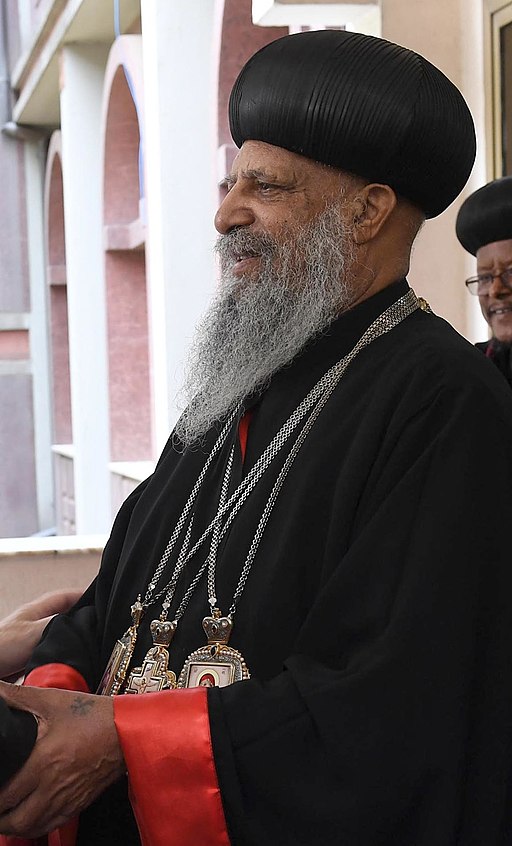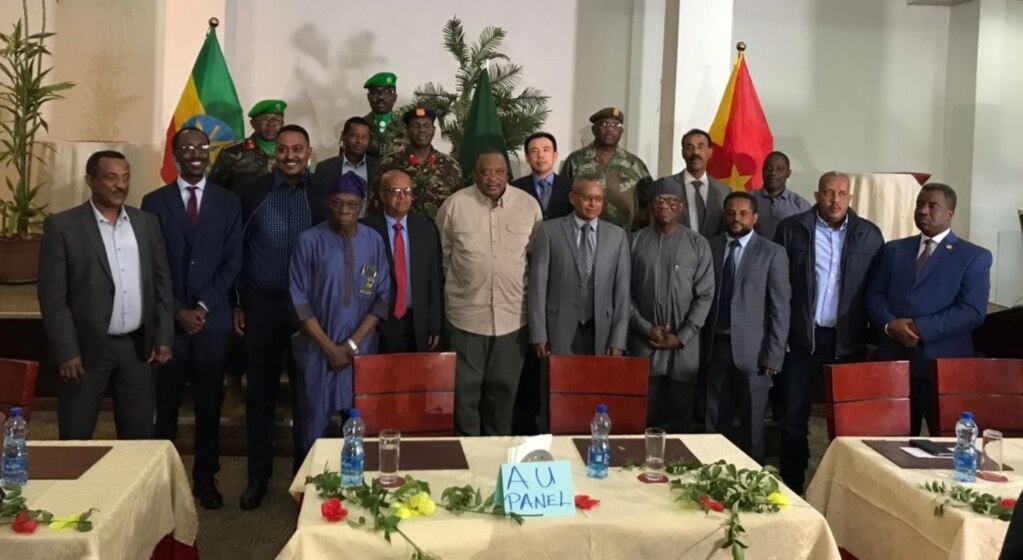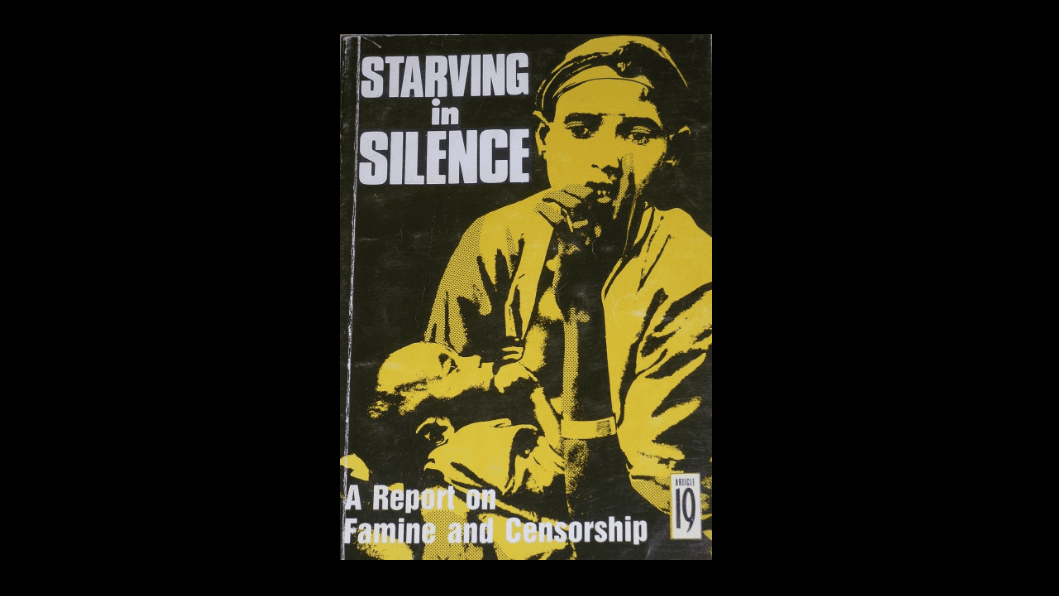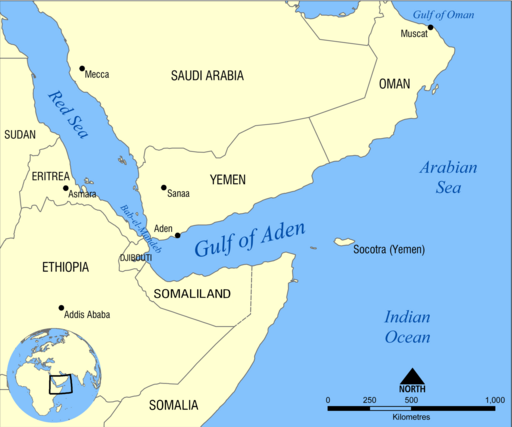By Eliab Tsegaye
A few weeks ago, the ancient Ethiopian Orthodox Tewahdo Church (EOTC) was on the brink of fracture when three archbishops declared the establishment of a breakaway synod in Oromia and presided over the appointment of 26 bishops. The government of Prime Minister Abiy Ahmed was clearly involved in this potential schism. What happened next was astonishing. The conflict escalated to the point of massive confrontation between the church and the government and then reached an abrupt resolution.
The tensions that pitted Abiy Ahmed’s administration against the Holy Synod of EOTC make it apparent that Ethiopia’s political situation remains complex, fluid, and precarious. However, for the scholar of non-violent protest, the episode shows something else: that a non-violent resistance campaign can be effective in achieving a political objective, even in unpropitious circumstances.
The Holy Synod waged a successful non-violent campaign to reach the negotiated outcome which it claimed as a victory that restored its unity and independence.
It is to be recalled that Abiy Ahmed came to office against the backdrop of the Oromo protest movement, itself a large-scale and largely non-violent campaign that brought the former government to its knees. The EOTC campaign began on January 26, 2023, when the Holy Synod passed a decision to excommunicate the three archbishops of the breakaway synod. They called it a “Synod coup.”
The elements behind the church’s successful campaign are worth exploring.
Studies indicate that participation advantage, mobilization, organization, tactical diversity, and innovation make non-violent campaigns more effective in achieving political objectives than violent insurgencies. The EOTC employed an effective and timely communication strategy, used tactics of non-violent direct action, and garnered international support.
The Prime Minster saw these signs and equated the campaign to an attempt to overthrow him. He denigrated the campaign as “girgir” (roughly translated to English as a “commotion”). To no avail, Abiy attempted to project his power, but the church remained resolute.
The Holy Synod led the campaign in a coordinated manner using its preexisting structures. The network of well-functioning, decentralized churches at home and abroad, as well as adjunct structures like the Mahber Kidusan (an association of Sunday schools under the Orthodox Tewahdo Church) were deployed. An effective communication strategy to mobilize adherents and engage in direct actions was deployed. It disseminated timely updates on repressive actions of the security forces. It issued statements rebutting government arguments. It kept the initiative in the public narrative.
In defiance of government orders, the Synod ordered its followers to wear all black, representing mourning the trials of the church, and called for a three-day observation of the Nineveh fast. They used the slogan “one Synod, one Patriarch one Church/cathedra”. Meanwhile, adherents made the image of the Patriarch Abune Mathias as well as the logo of the EOTC into their profile picture on all social media platforms. Witnessing the unity of purpose and action, various artists and celebrities declared their support for the Holy Synod while adherents of other religions also expressed solidarity with the cause.
The Holy Synod remained true to its religious teachings and preached sacrifice and martyrdom to keep the campaign non-violent. The preparedness of non-violent practitioners to suffer and even die is crucial to the success of a campaign, as it renders violent repression much more difficult. Narratives around martyrdom served as a rich cultural-religious resource for the Church and enabled the repressive actions of security forces to backfire.
Peaceful demonstrations that call on the government to stop meddling in the internal matters of the church were held both at home and abroad. Protests at home turned bloody when security forces killed dozens of people in Shashemene, Oromia region while several hundred were injured and arrested. As the days progressed and the movement gained momentum, visible signs of defections inside the ruling Prosperity Party occurred leading many to question if the regime was falling apart.
The Holy Synod called for a huge demonstration on February 12. This was particularly threatening to the government because of the annual African Union Summit scheduled to open that weekend. The first major international gathering after the cessation of hostilities in Tigray was the Prime Minister’s opportunity to show the world that Ethiopia was returning to peace and stability.
The campaign remained resolutely non-violent. This minimized the danger of the dispute turning into an ethnoreligious armed conflict, which was what many observers were fearing. Violent escalation was a real risk, because simmering ethnic tension and prevalence of armed and mobilized youth and the ethnic element in the EOTC dispute. Some members of the Oromo political elite stood behind the breakaway synod. Many Oromo condemned as the EOTC as an institution that had historically blessed the expansion of the Abyssinian empire dominated by the Amhara.
The origins of Ethiopia’s Orthodox Christian tradition lie in Tigray. The EOTC was also under severe strain because the civil war between the Federal Government and the Tigray People’s Liberation Front had become an ethnic war, and the social fabric between the people of Amhara and Tigray had been torn. If at all there is a thread that still connects Amhara and Tigray it is Orthodox Christianity. Realizing this, the Holy Synod extended an apology for not showing solidarity during the Tigray War and requested the Tigray Council of Bishops to restore the severed relations. The request was politely declined, but the offer was noted.
The Holy Synod received international support for its cause. The Russian Ambassador in Addis Ababa held an interview with Mahber Kidusan Media and expressed the support of the Russian Federation to the Church. A delegation of EOTC also traveled to Russia and thanked its Russian counterpart for the solidarity bestowed during the crisis. The World Council of Churches put out a statement of solidarity to the EOTC calling upon the government of Ethiopia to support EOTC and use its internal rules and ecclesial cannons to address the crisis.
Abiy backed down. A leader who was scolding and adamant three weeks ago was forced to appear magnanimous and turn the other cheek, bringing the “lost sheep to the shepherd”.
In conclusion, whether the “lost sheep” remain with their shepherd remains to be seen but it was apparent that EOTC managed to mount a successful non-violent campaign and achieved its set objective. Prime Minister Abiy Ahmed was forced to back down. Although he capitalized on the opportunity presented by the negotiated outcome to save his face and survive the day, Ethiopians have vividly witnessed how the prime minister is vulnerable to the pressure of non-violent fearless citizens demanding their rights.
Eliab Tsegaye (Eliab.taye@tufts.edu) is an MGA candidate specializing in International Security at Fletcher School of Law and Diplomacy at Tufts University.
Photo: Abune Mathias, Mark Neyman, May 2018 |GPO CC BY-SA 3.0



